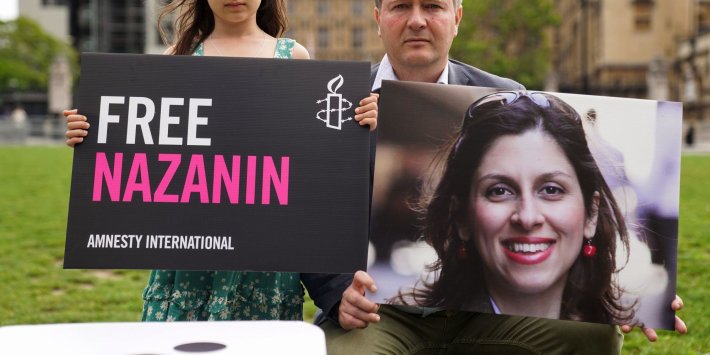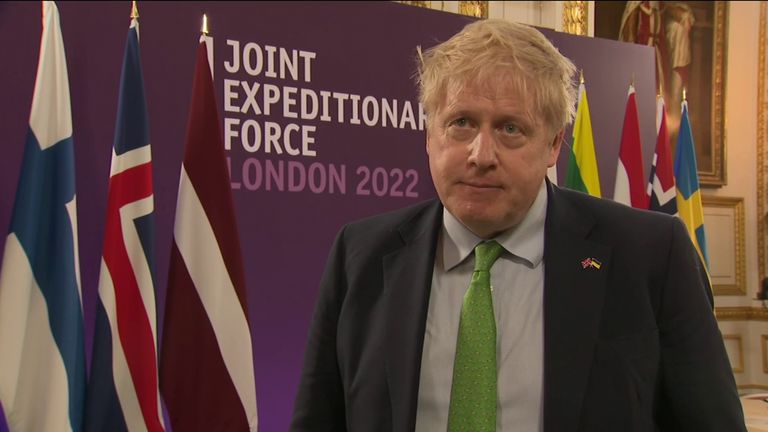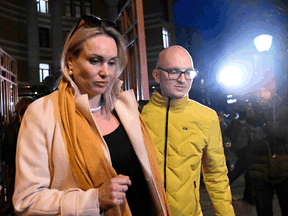Academics hail “game-changer”
for offshore wind sector
A new system that could revolutionise the floating offshore wind (FLOW) sector is under construction following a new partnership between academia and digital experts.
The University of Plymouth has revealed it is is joining forces with software and digital solutions, firm Kongsberg Digital, to create a new system for the floating offshore wind (FLOW) sector.
A state-of-the-art Kongsberg K-Sim Dynamic Positioning (DP) simulator will soon complement the Marine Navigation Centre on the University’s campus, which will be used to simulate, test and optimise marine operations throughout the lifecycle of FLOW installations.
The university said the project will provide offshore wind project teams and crew with facilities where they can verify, test and optimise installation and maintenance projects. The team say the project will provide key insights into solutions that will increase efficiency, safety and cost effectiveness for the companies involved.
Professor Deborah Greaves OBE, professor of Ocean Engineering at the University of Plymouth, said: “This simulator could be a game-changer in the future deployment of floating offshore wind technology. As the sector expands, we need to develop innovative and effective ways of installing the technology in new and challenging environments. I believe our partnership with Kongsberg Digital, and the opportunity to learn from their experience and expertise, can make significant strides in helping us to achieve that.”
In addition to the research aspect, Greaves explained it will also be used to develop training for current and future industry professionals, helping to meet the national and international demand for such expertise in line with the global net-zero agenda.
Andreas Jagtøyen, executive vice president Digital Ocean, Kongsberg Digital, added: “Floating offshore wind turbines are seen as an increasingly important element of the renewable energy sector, which is a rapidly growing market. We look forward to cooperating with the University of Plymouth to support this industry with cutting-edge technology leading to improved safety and increased efficiency in offshore wind projects.”
“Combined with the university’s global lead on research relating to United Nations Sustainable Development Goal 14 (Life Below Water), this places the University as the leading institution for research towards a future of safe, and sustainable future maritime operations,” Greaves added.
















